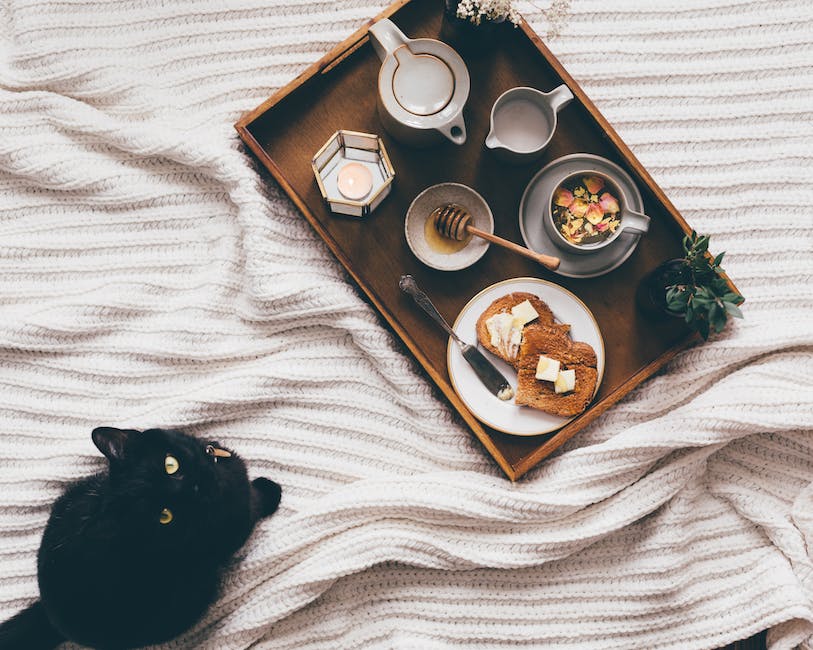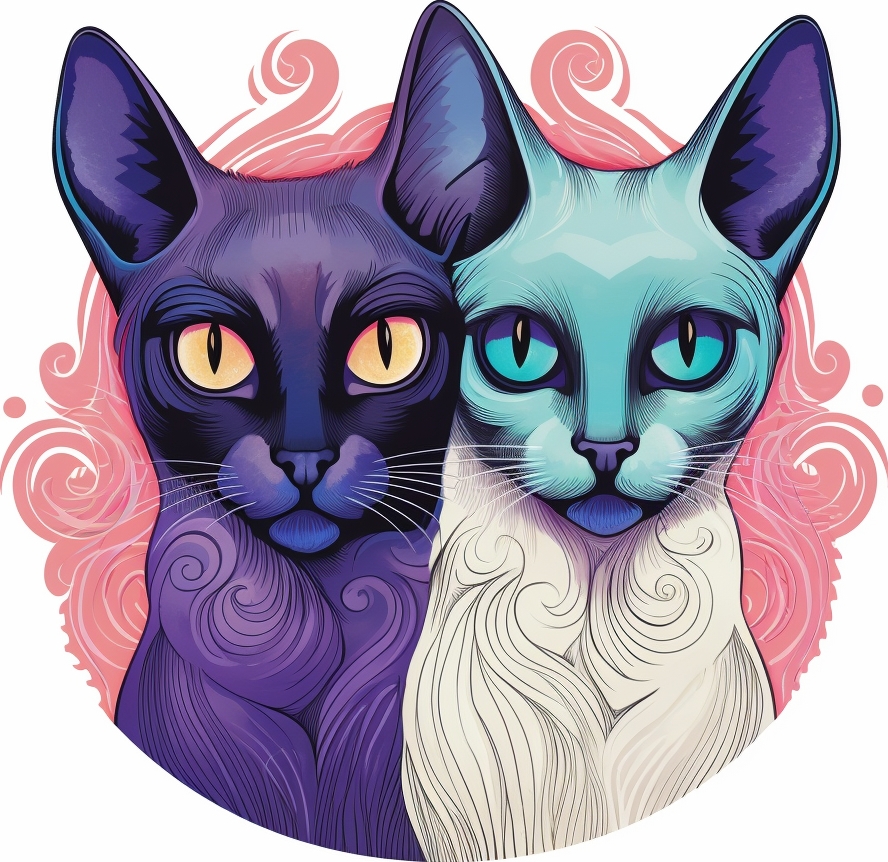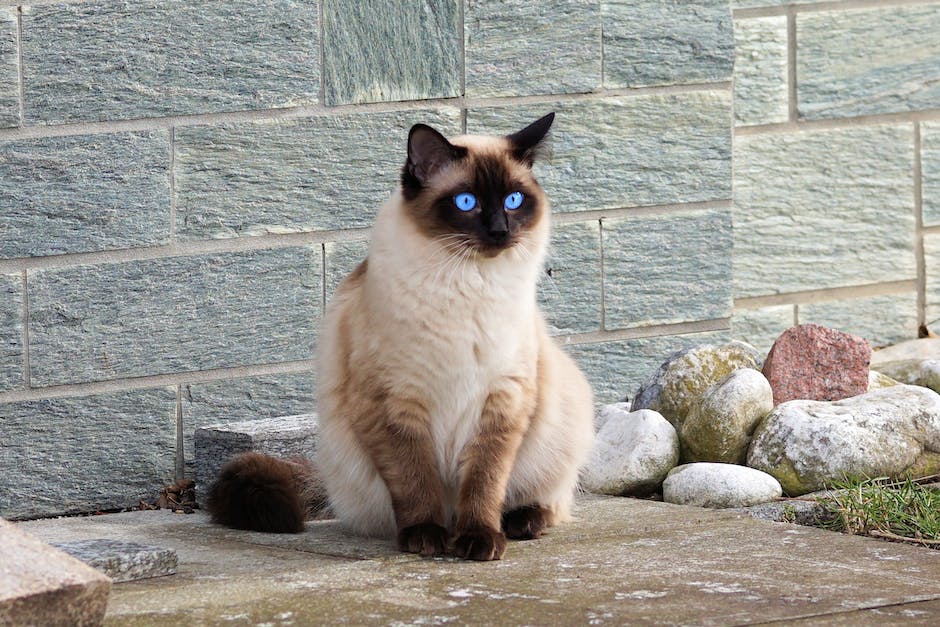Siamese cats are known for their active and energetic nature. This, in turn, means that they require a diet that is well-balanced and nutritionally rich to keep up their energy levels. Nutritional deficiencies can lead to health problems in the long run, so it is crucial to feed your Siamese cat right from the start.
One thing to keep in mind when selecting cat food is that not all cat food is created equal. The quality of their diet directly affects their overall health and quality of life, so avoid giving them low-quality products.
Moreover, it’s best to consult a veterinarian to determine your cat’s nutritional needs and whether they need any supplements. Keep in mind that Siamese cats are sensitive to certain rood ingredients like fillers and grains.

The Role of Protein in Your Cat’s Diet
The essential nutrient in your Siamese cat’s diet is protein. In addition to providing energy, protein also builds and repairs tissue, making it crucial for the growth, development, and overall well-being of your cat.
A Siamese cat’s diet should consist of quality animal-based protein to meet their nutritional needs. However, their diet should also include other nutrients to provide balance, including vitamins, minerals, and fats.
Cats are obligate carnivores, meaning they require a diet that is primarily animal-based. However, this doesn’t mean they don’t require plant-based nutrients. Therefore, it is best to get a nutritional roadmap from your vet to ensure that your cat’s protein comes from a good variety of sources.
In the next sections, we will dive into the dietary requirements of Siamese cats and how you can better understand their needs. We’ll cover tips on selecting the right foods, avoiding common mistakes, and overcoming feeding obstacles to keep your furry friend healthy and happy.
To Grain or Not to Grain: Choosing the Right Food
Grains in cat food are controversial and can vary the cost, nutrition, allergen composition, and label claim. Grain-free seems like a go-to option, but not everyone considers it necessary. Some Siamese cats can do well on a balanced grain-inclusive diet.
However, it’s essential to keep in mind that Siamese cats tend to have food allergies when fed certain proteins, grains, or ingredients in the food. If you’re considering feeding a grain-inclusive diet, it’s vital to ensure the grain components are healthy and serve a nutritious purpose.
It’s best to choose high-quality cat food that is made of whole foods and doesn’t include harmful preservatives, food colors, or artificial flavors. In addition, make sure your cat is getting enough protein, healthy fat, vitamins, and minerals from the food they consume.
Wet versus Dry Food: Pros and Cons
Siamese cats can be picky when it comes to food. Some prefer dry food, while others prefer wet food. Both dry and wet cat food have their pros and cons.
Dry food is easier to store, transport and cheaper. It’s also easy to measure and has a long shelf life. However, it may not provide enough moisture and may lead to dehydration. Kittens, older cats, or Siamese cats with kidney problems may require wet food.
Wet food, on the other hand, is more biologically similar to their prey than dry food. It can help with hydration and has a unique flavor that Siamese cats often enjoy. However, it’s more expensive, challenging to store, and requires constant refrigeration once opened.
It’s essential to maintain a balance between the two types of food. You can alternate between dry and wet food as per your cat’s dietary needs and preferences. Keep in mind that every cat has its own tastes, so it’s best to follow a dietary guideline that focuses on your cat’s individual needs. In the next section, we’ll cover common dietary pitfalls and how to overcome them to provide the best possible diet for your cat.
Avoiding Common Dietary Pitfalls
Siamese cats can be delicate when it comes to their food and are prone to dietary-related issues. To provide the best possible care for your cat and prevent dietary-related illnesses, it’s essential to avoid common dietary pitfalls.
One of the most common dietary pitfalls is feeding your cat the wrong type or amount of food. You should take into consideration your cat’s age, weight, and level of activity to determine your cat’s optimal nutrient intake. Skimping out on protein and nutrients can lead to an unhealthy and malnourished cat.
Another dietary pitfall is unbalanced and inconsistent feeding. It’s important to offer a wide variety of foods and to mix and match dry and wet foods to give your cat the essential nutrients it needs. Also, try to avoid human food that can be harmful to your cat, such as chocolate, onion, garlic, and avocado.
Lastly, maintain a consistent feeding schedule and portion. Overfeeding or underfeeding can lead to obesity or malnutrition-related disorders.
Tips for Introducing New Foods to Your Siamese Cat
Getting a Siamese cat to eat new food can be challenging. Siamese cats can be notoriously fussy eaters, so introducing new foods will require some tact and patience.
Start by introducing small portions of a food type and observe how your cat reacts. Whenever you are trying a new food, it’s essential to keep the old food and slowly transition your cat. A sudden change in diet can cause an upset stomach.
Another tip is to use foods with a similar flavor, aroma, and texture to your cat’s current food to help ease the transition. You can also add in gravies, broths, or sprinkles on the dry food to make it smell more enticing.
When introducing new foods, use quality products and avoid products with high fillers or poor quality ingredients.
With these tips, you’ll better understand the nutritional requirements of your Siamese cat and the importance of offering them a well-balanced diet. By avoiding common dietary pitfalls and introducing new foods tactfully, you’ll help your Siamese cat live a happier and healthier life.

